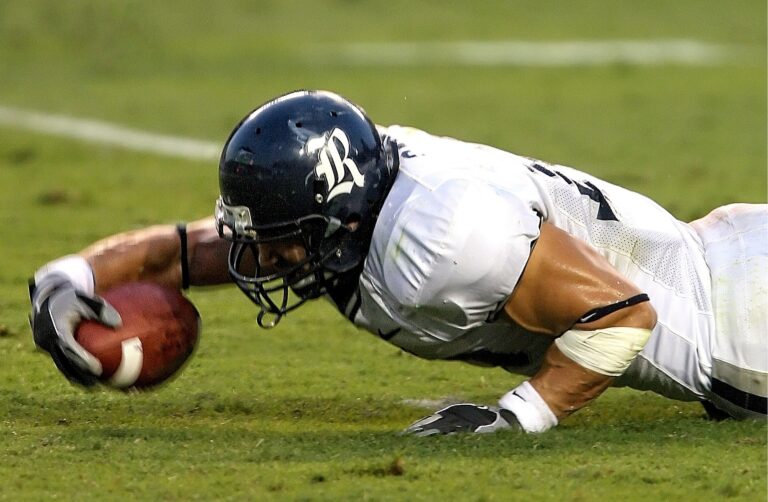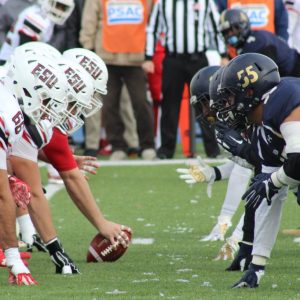I. The Role of Defensive Tackles in Football
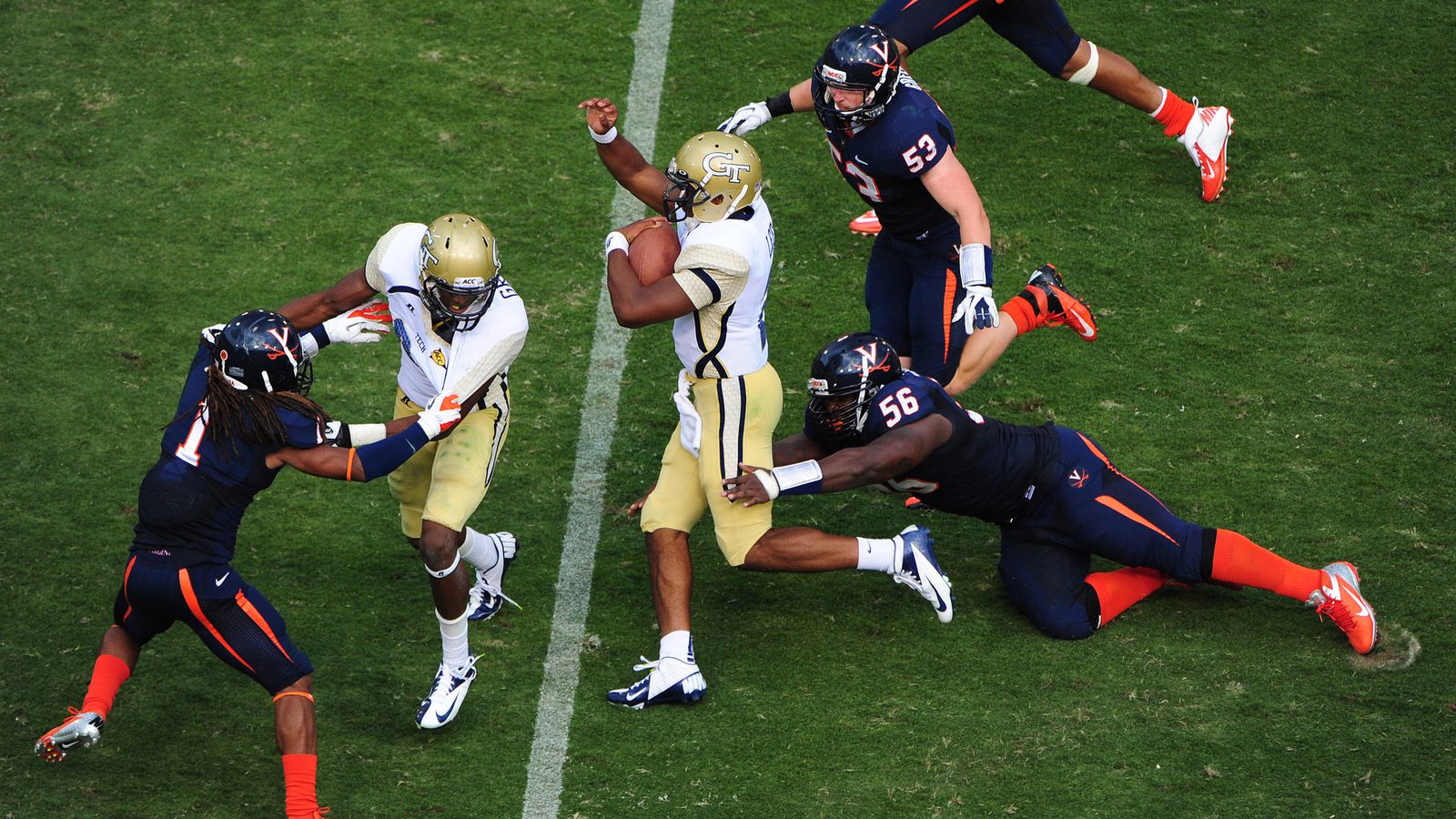
When discussing the intricacies of football, it is impossible to overlook the importance of defensive tackles. This position holds significant responsibility in both stopping the run game and applying pressure on the quarterback. In this article, we will explore the primary responsibilities, techniques, and skills utilized by defensive tackles, as well as key attributes that make them effective in their role on the field.
A. Primary responsibilities of DTs
- Anchoring the defensive line
Defensive tackles, also known as interior linemen, are responsible for anchoring the defensive line. They line up in the middle of the line of scrimmage, with their main objective being to hold their ground and maintain control of their assigned gap. This positioning prevents offensive linemen from creating running lanes, allowing the linebackers to make plays.
- Stopping the run game
Stopping the run game is one of the primary responsibilities of defensive tackles. They must use their size, strength, and technique to disrupt the offensive line and fill gaps. By effectively stopping the run, defensive tackles force the offense into passing situations, increasing the pressure on the quarterback.
- Applying pressure on the quarterback
While their primary responsibility is to stop the run, effective defensive tackles also play a crucial role in putting pressure on the quarterback. By utilizing their combination of size, strength, and explosiveness, they aim to collapse the pocket, disrupt passing plays, and force the opposing quarterback to make hurried decisions.
B. Techniques and skills utilized by DTs
- Gap control and run stuffing
When it comes to stopping the run, defensive tackles employ a variety of techniques. One key skill is maintaining gap control, which involves staying disciplined and occupying the assigned gap to prevent running backs from finding open lanes. Defensive tackles must use their lower body strength and leverage to hold their ground against offensive linemen and shed blocks to make tackles.
- Shedding blocks and tackling techniques
Shedding blocks is a crucial skill for defensive tackles. They must be able to disengage from offensive linemen and make plays in the backfield. This requires using their hands and upper body strength to shed blocks and quickly pursue the ball carrier. Tackling techniques, including wrapping up opponents and driving them to the ground, are also essential for defensive tackles to successfully stop the run.
- Rushing the passer and disrupting plays
In addition to their responsibilities in the run game, defensive tackles are expected to be disruptive in passing situations. They must display quickness off the line of scrimmage to penetrate gaps, creating pressure on the quarterback. By collapsing the pocket and disrupting passing lanes, defensive tackles can make it difficult for quarterbacks to set up and execute their throws.
II. Key Attributes of Effective Defensive Tackles
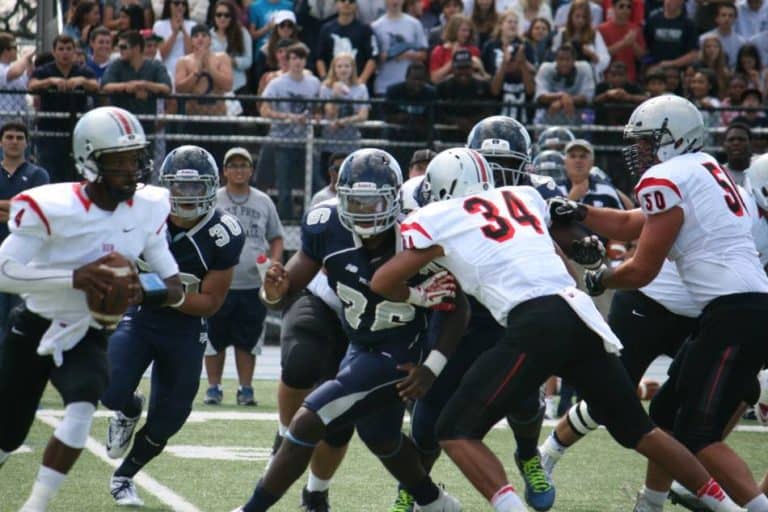
To excel in the role of a defensive tackle, specific attributes are necessary. These key attributes enable them to execute their responsibilities effectively and contribute significantly to their team’s success.
A. Size and strength
Size and strength are essential attributes for defensive tackles. Their body mass allows them to anchor the defensive line and overpower opponents at the line of scrimmage. By maintaining leverage against offensive linemen, defensive tackles can use their strength to hold their ground and disrupt running lanes.
B. Quickness and agility
Quickness off the line of scrimmage and lateral mobility are crucial attributes for defensive tackles. A fast burst enables them to penetrate gaps and disrupt plays in the backfield. In pursuit of ball carriers, defensive tackles need agility to change directions quickly and track down quarterbacks attempting to evade pressure.
C. Football IQ and awareness
While physical attributes are crucial, football IQ and awareness cannot be overlooked. Effective defensive tackles possess the ability to read and react to offensive plays. By understanding blocking schemes and anticipating the direction of the ball carrier, they can make timely decisions and disrupt plays.
III. Impact and Importance of DTs in the Game
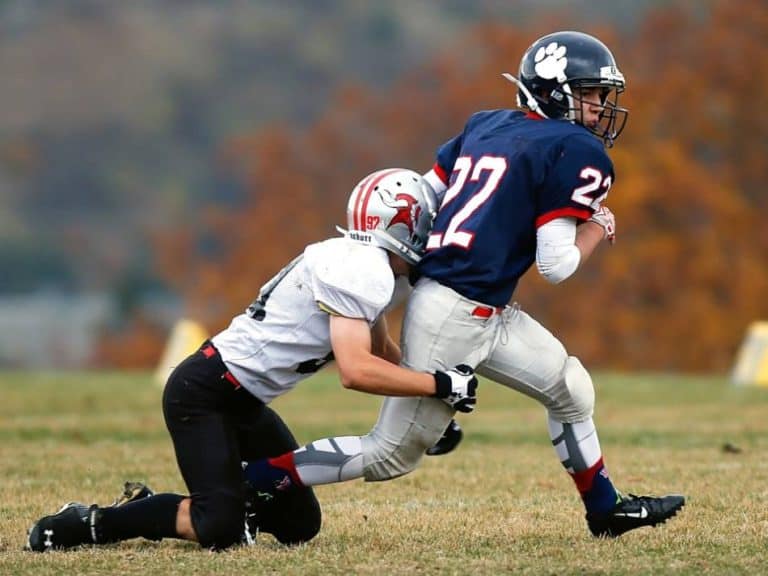
Defensive tackles (DTs) play a crucial role in football, particularly in the areas of run defense and pass rushing. Their impact extends beyond individual plays, as they also influence team dynamics and defensive strategies.
A. Run defense
- Clogging running lanes and occupying multiple blockers
Defensive tackles are responsible for clogging running lanes, making it difficult for ball carriers to find open spaces to exploit. They use their size and strength to take on offensive linemen and occupy multiple blockers. By doing so, they create opportunities for linebackers and other defensive players to make tackles.
- Making tackles at or behind the line of scrimmage
DTs often excel in making tackles at or behind the line of scrimmage. Their ability to burst off the line and engage offensive linemen helps disrupt running plays early in their development. By consistently stopping the run, they force offenses into unfavorable down-and-distance situations and control the tempo of the game.
B. Pass rushing
- Collapsing the pocket and pressuring the quarterback
In addition to their contributions in run defense, DTs play a significant role in generating pass rush. They possess the size and strength to collapse the pocket, creating disruption and discomfort for the opposing quarterback. By pushing interior linemen back into the pocket, they limit the quarterback’s ability to step up and deliver accurate throws.
- Disrupting passing lanes and forcing hurried throws
DTs also disrupt passing lanes by using their height and long arms to bat down or deflect passes. By getting their hands up and disrupting the quarterback’s line of sight, they can alter the trajectory of throws and create opportunities for interceptions or incompletions. Additionally, their presence in the backfield forces quarterbacks to release the ball earlier than desired, leading to hurried throws and potential mistakes.
C. Team dynamics and defensive strategies
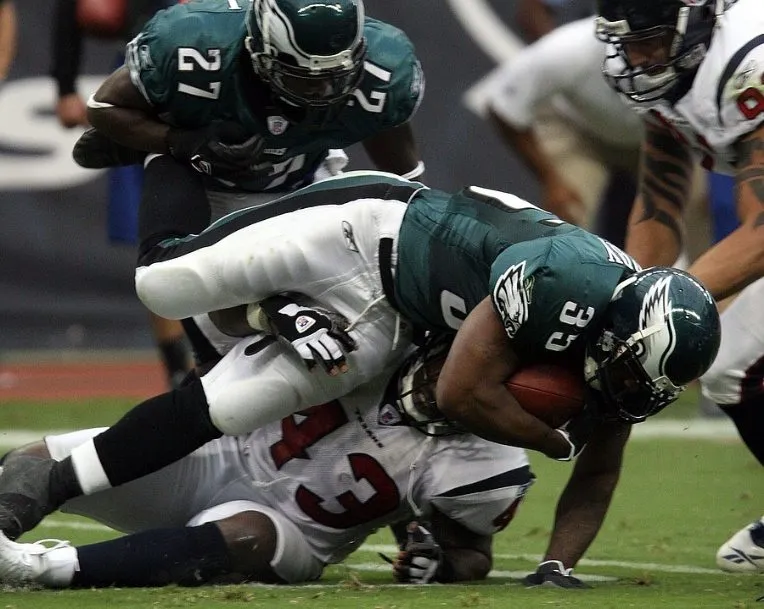
- Setting the tone for the defense
DTs often set the tone for the entire defense. Their physicality and dominance at the line of scrimmage energize their teammates and create a sense of intimidation for the opposing offense. By consistently winning battles in the trenches, they establish a culture of toughness and resilience that permeates throughout the defense.
- Dictating offensive game plans and requiring double-team attention
Effective DTs dictate offensive game plans and demand extra attention from opposing teams. Offenses must account for the presence of a disruptive DT, often resorting to double-team blocking schemes to neutralize their impact. This, in turn, opens up opportunities for other defenders to make plays and exploit one-on-one matchups elsewhere on the field.
Conclusion:
Defensive tackles play a pivotal role in the game of football. Their impact extends beyond individual tackles and sacks, as they are instrumental in run defense, pass rushing, and team dynamics. Through their ability to clog running lanes, collapse pockets, disrupt passing lanes, and set the tone for the defense, DTs significantly contribute to the success of their teams. Their presence and dominance require opposing offenses to adjust their game plans, leading to strategic advantages for their own teams. In the ultimate team sport, DTs exemplify the importance of cohesive defense and the impact that a well-performing and skilled DT can have on the outcome of a game.
